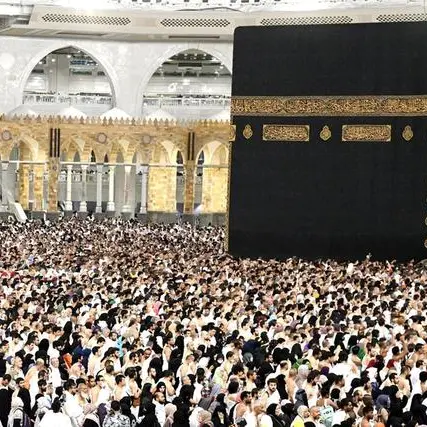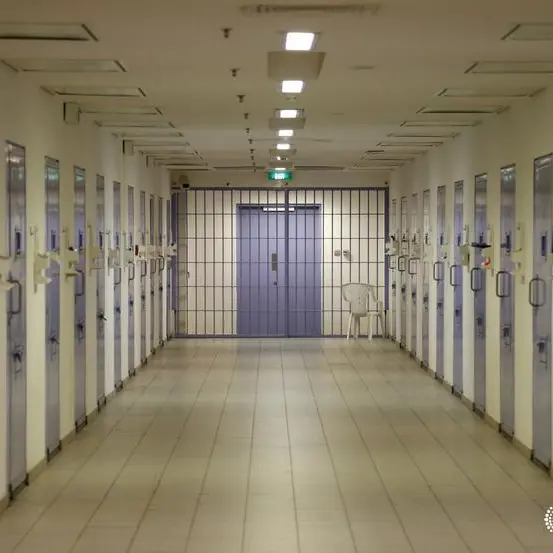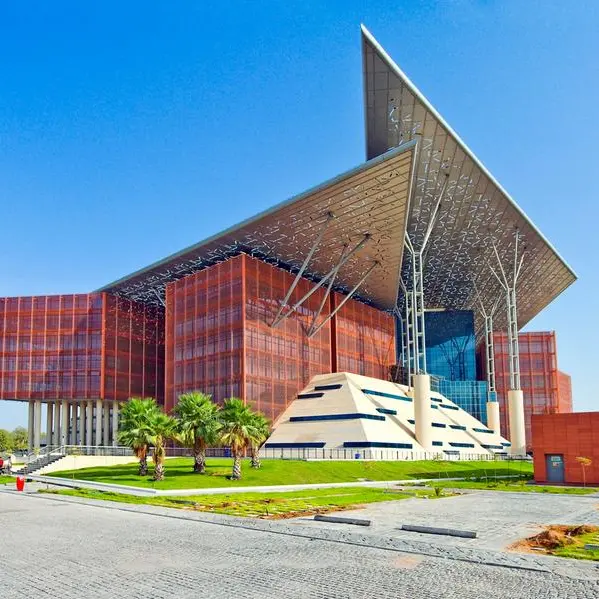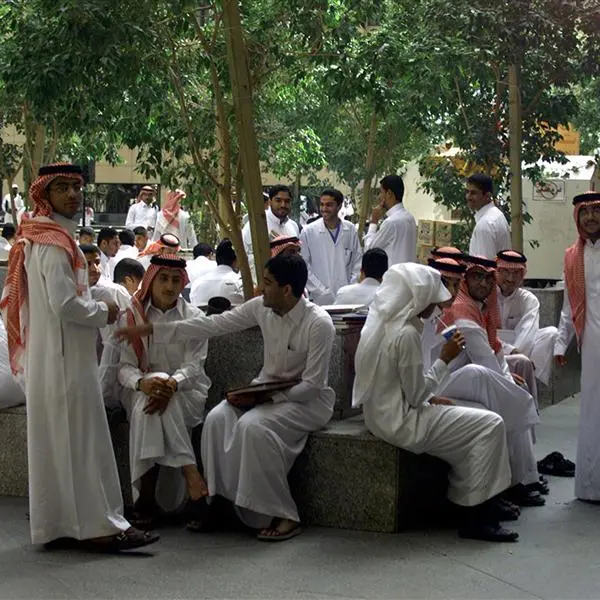Ranks 2nd among 19 nations in MENA region: IEP
LONDON: Kuwait ranks 33 out of 162 countries in this year's Global Peace Index (GPI) released today, and 2 out of 19 countries in Middle East and North Africa. The economic impact of containing and dealing with the consequences of Kuwait's levels of violence was estimated to cost the national economy $15.6 billion in 2014. This is equivalent to 5.5 percent of Kuwait's GDP, or $4637 per person. The cost of violence to the economy in Kuwait is the 51st highest total in the world and the sixth highest per capita. Escalating civil strife and the consequent refugee crisis have been among the key drivers in increasing the cost of global violence containment, according to the 2015 Global Peace Index published today by the global think-tank, the Institute for Economics and Peace. Since 2008 the total economic impact of violence has increased by $1.9 trillion (+15.3 percent).
The economic impact of refugees and IDPs alone has increased by 267 percent since 2008, and now amounts to $128 billion. However military expenditure, homicide and police forces remain the most costly categories, accounting collectively for 68.3 percent of the total cost. Steve Killelea, Founder and Executive Chairman of the IEP observed "Reducing conflict is a crucial plank in ensuring continued world economic recovery. If global violence were to decrease by 10 percent uniformly, an additional $1.43 trillion would effectively be added to the world economy. To put this in perspective, this is more than six times the total value of Greece's bailout and loans from the IMF, ECB and other Eurozone countries combined." Overall, global peace levels remained stable in 2014; but are lower than 2008.
However the overall score disguises an increasing division between the most and least peaceful nations. Since last year, 81 countries improved their levels of peacefulness while 78 deteriorated. Kuwait has had fairly stable levels of peace, with little change In the last eight years since the GPI first launched. This is in part due to its relatively high levels of internal peacefulness; Kuwait has the fourth lowest homicide rate in the world. Many European nations are now experiencing historic levels of peace with homicide rates falling, military budgets decreasing and the withdrawal of forces from Iraq and Afghanistan. In contrast countries traditionally at the bottom of the index such as Iraq, Syria, Nigeria, South Sudan and Central African Republic all became even less peaceful. Libya saw the most severe deterioration in peace this year -- falling down to 149th out of 162 countries.
Ukraine, which suffered over 6,000 deaths from conflict and had over 1 million people displaced, recorded the second largest fall. Four regions -- Europe, North America, Sub-Saharan Africa, and Central America and the Caribbean -- experienced improvements in peace since last year. Sectarian strife and civil conflicts further reduced levels of peace in MENA, resulting in its worst ever score, while South America also saw a deterioration in its score driven mainly by increases in popular protests and a rise in perceptions of criminality.
Despite ongoing improvements in peace in many countries, the number and intensity of armed conflicts increased dramatically with a 267 percent rise in the number of deaths from conflict since 2010, creating unprecedented levels of refugees. Latest estimates from the UNHCR suggest that refugees and IDPs account for approximately 0.75 percent of the current world population, over 50 million people. This increase of 131 percent in less than a decade was driven not just by conflict in the MENA region, but also by the ongoing conflicts in the Democratic Republic of Congo and Colombia with 23 percent and 13 percent of IDPs by country of origin in 2013.
Deaths
In 2014, 69 countries recorded deaths from terrorism, up from 60 the prior year, highlighting the increasing use of terror tactics. Growth in terrorist activity expanded from MENA to Sub- Saharan Africa with the largest increases recorded in Nigeria, Cameroon and Niger. Nigeria is now the second most deadly country for terrorism after Iraq, experiencing 140 percent increase in deaths to 4,392. Its neighbour Cameroon recorded 191 deaths in 2014 compared to none the previous year.
Fewer than 1 percent of terrorist fatalities in 2014 occurred in the OECD. Boko Haram's massacre of over 2000 civilians in Baga, Nigeria in January 2015 was the most deadly terrorist incident since 9/11, an event overshadowed by the murder of 11 journalists at French newspaper Charlie Hebdo the following month. Steve Killelea said, "2014 was marked by two contradictory trends: on the one hand, many countries in the OECD achieved historic levels of peace while on the other, strife-torn nations, especially in the Middle East, became more violent.
This is a real concern; as these conflicts become even more intractable they then spread terrorism to other states." A common theme in the countries with the largest improvements this year was a fall in the level of organised external conflict or wars with neighbours, with Africa profiting from this trend; Guinea-Bissau, Cote d'Ivoire, Egypt and Benin topped the most improved nations.Europe also saw a drop in deaths from organised external conflict. MENA remains blighted by conflict and records the worst regional score in the GPI. The score deteriorated from last year's index, as mild improvements notably in Egypt and Tunisia were outweighed by deteriorating scores particularly in Libya, Yemen, Iraq and Syria. For more information, go to http://bit.ly/GPIreport.
© Arab Times 2015











